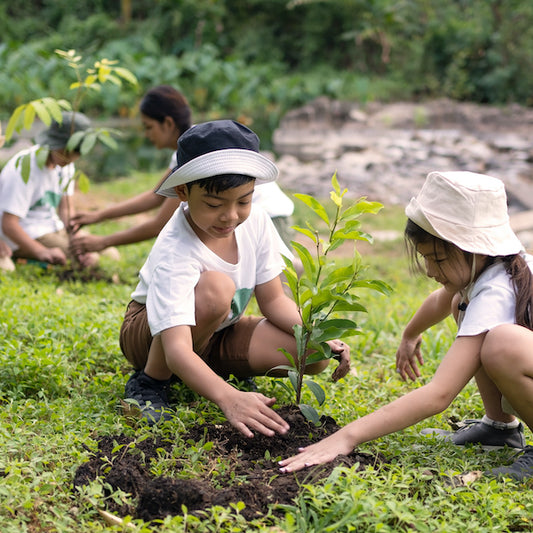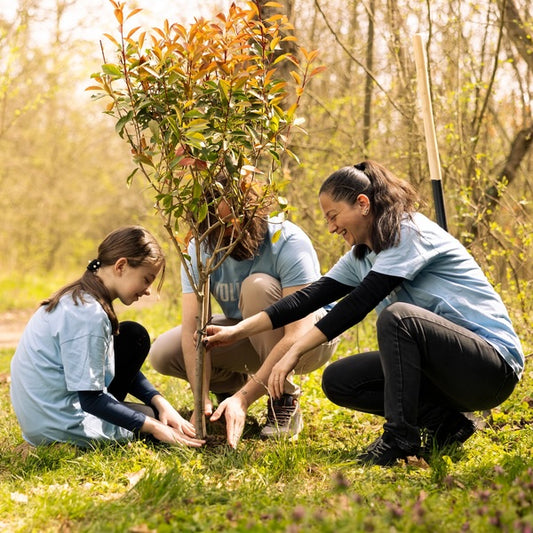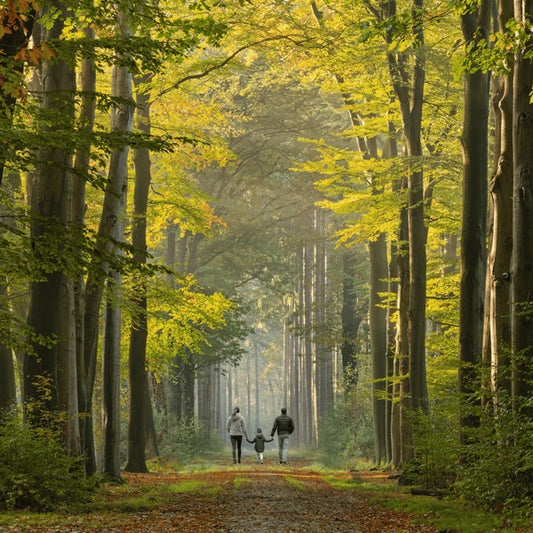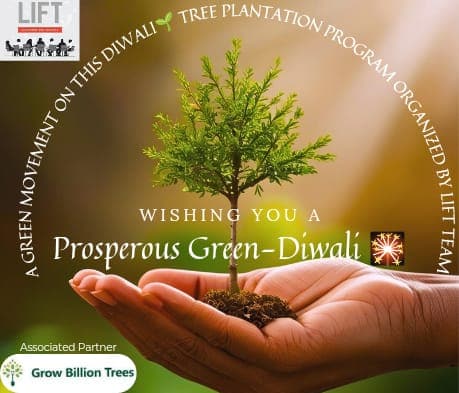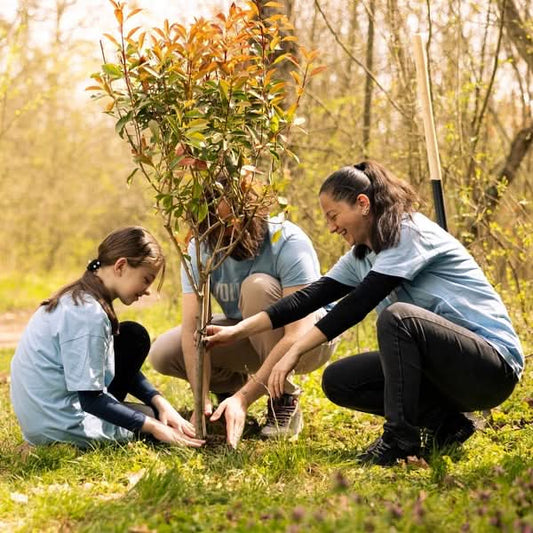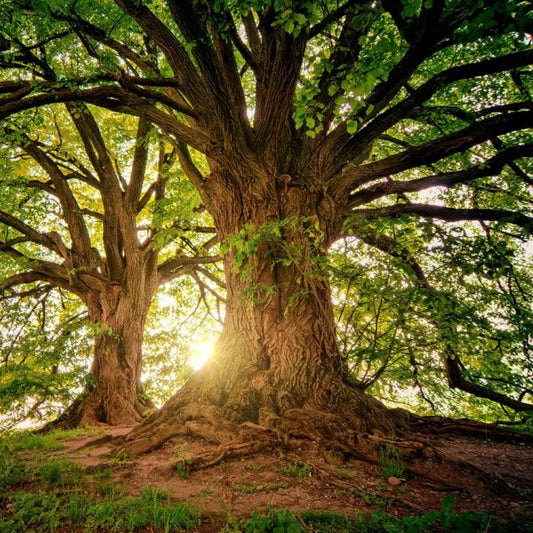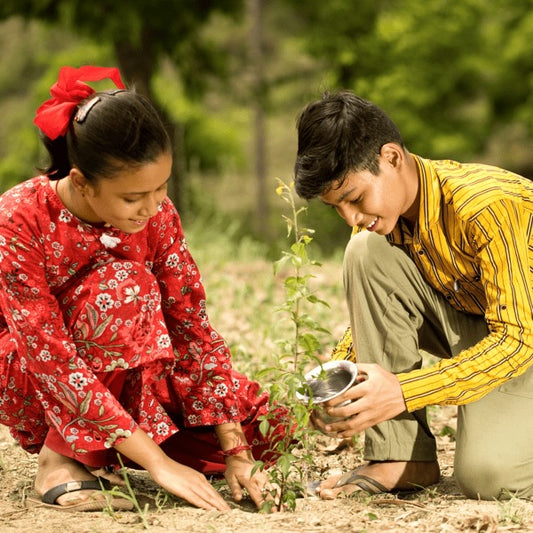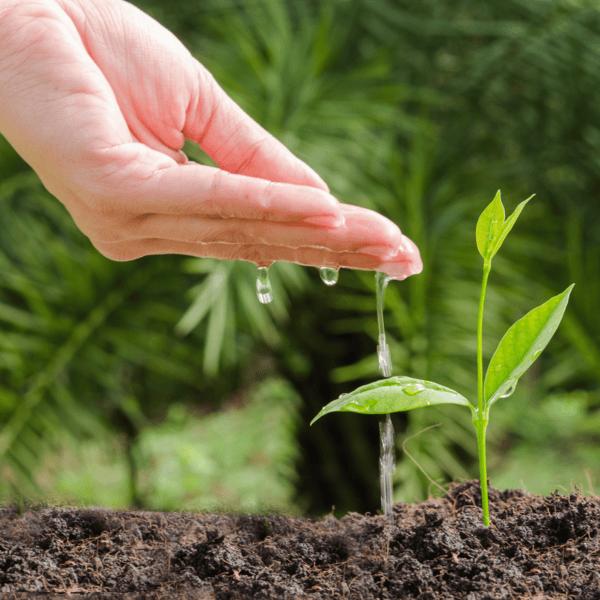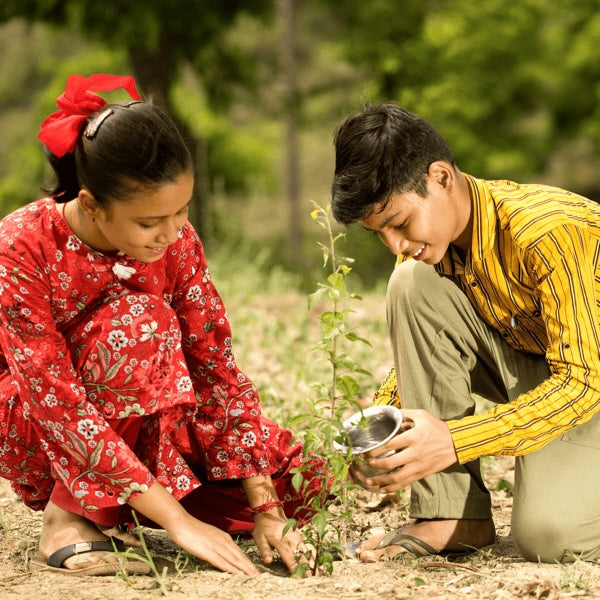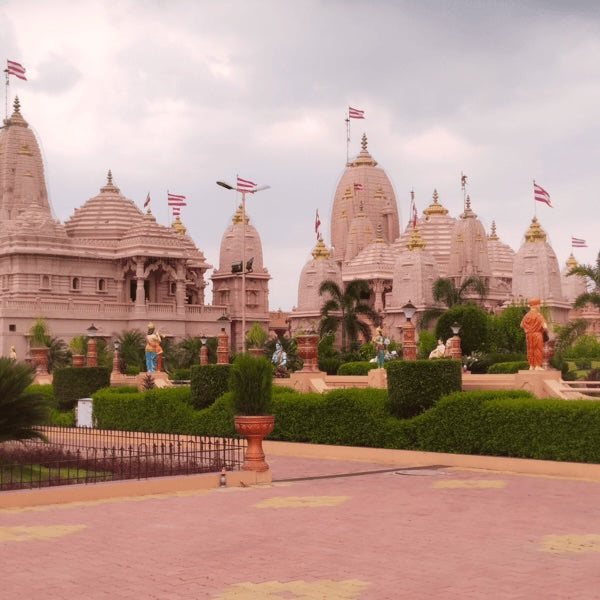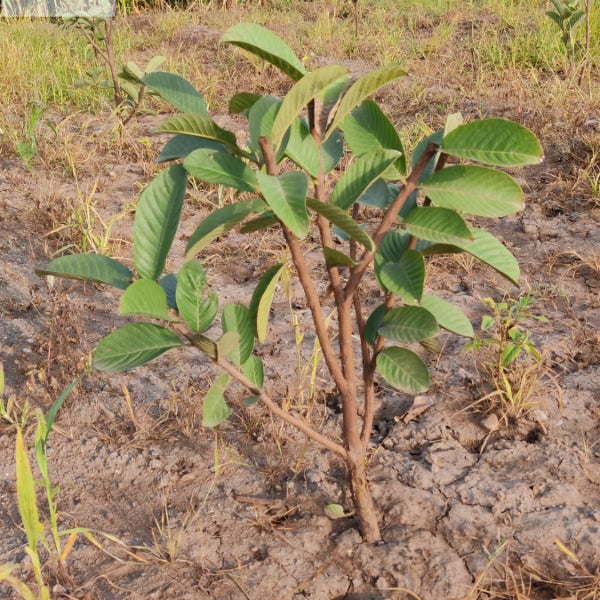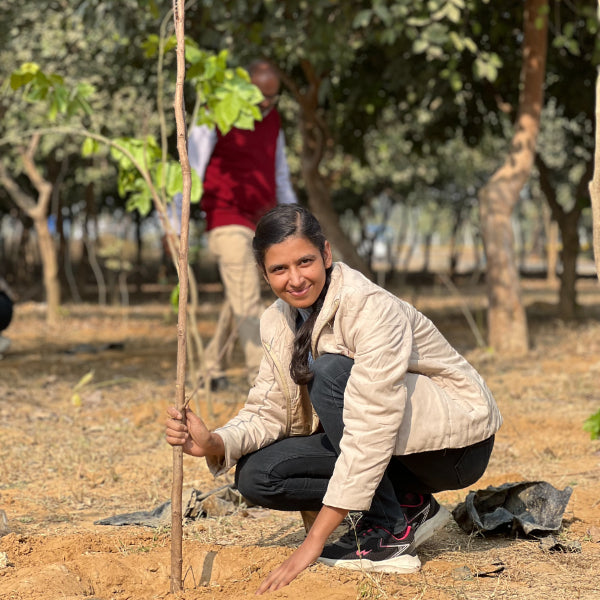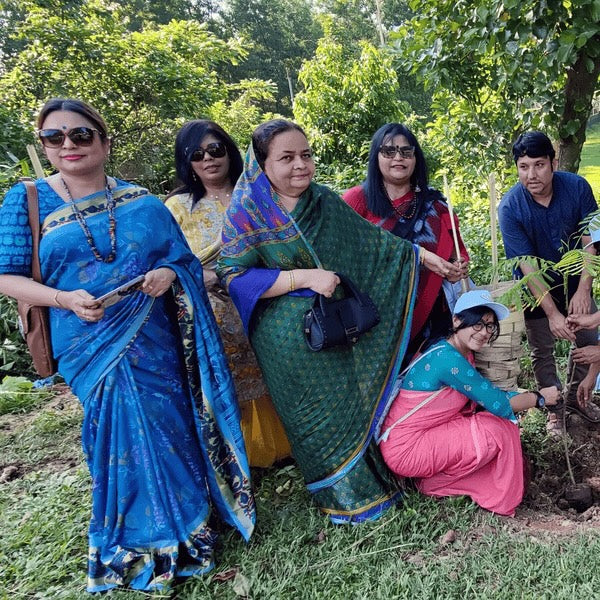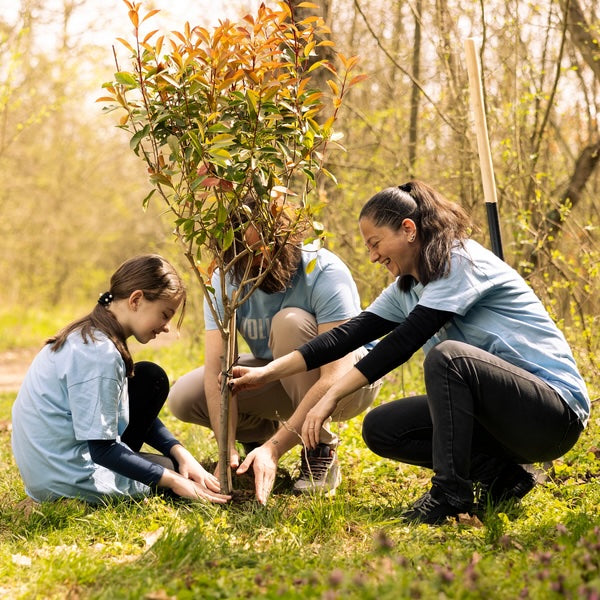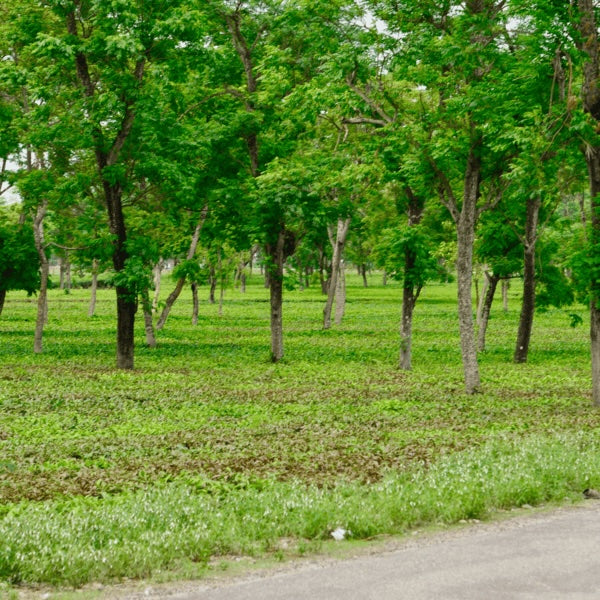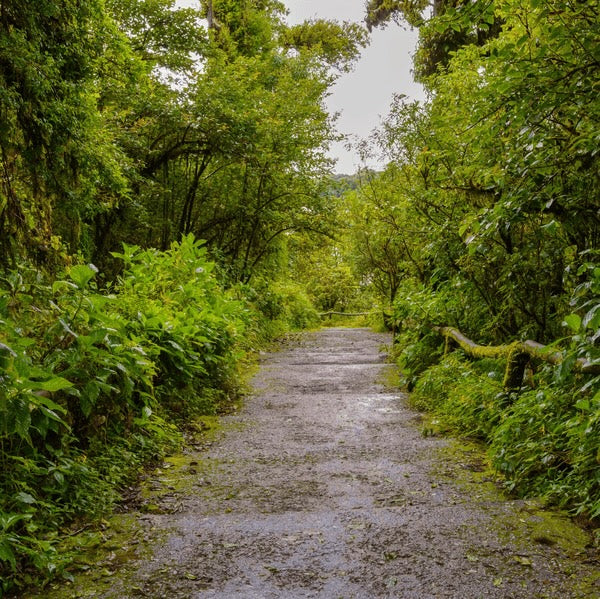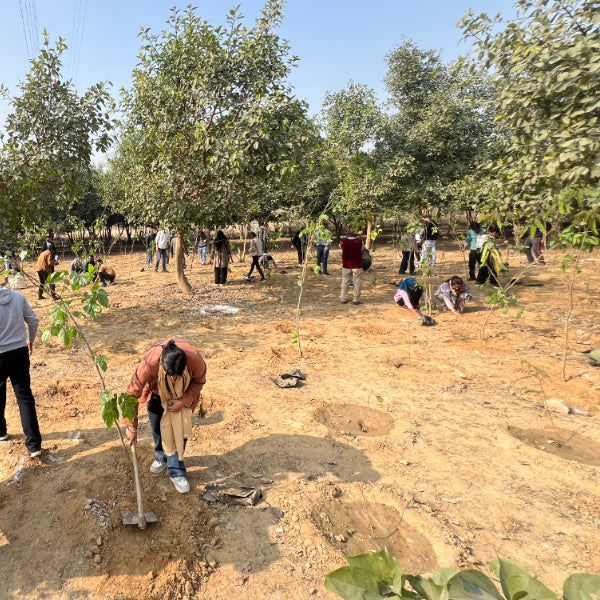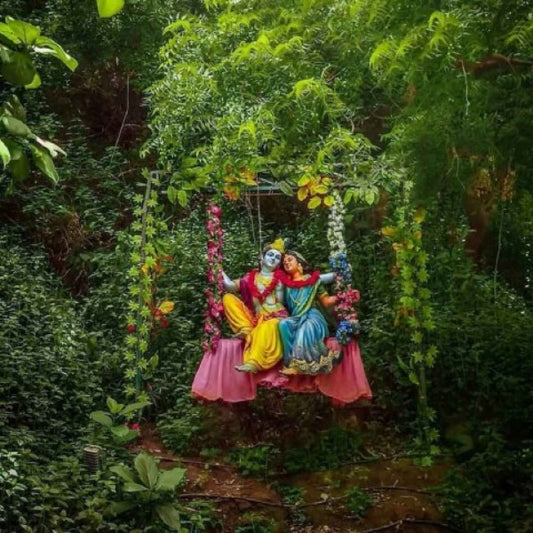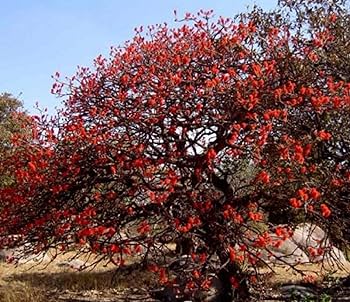

The Pangara Tree, scientifically known as Erythrina indica, is a striking tree celebrated for its vibrant red flowers, ecological resilience, and numerous medicinal properties. Native to tropical and subtropical regions, the Pangara Tree holds a spec Read more
Trending
Trees for Corporates
Pangara Tree: Unveiling the Vibrant Beauty and Healing Secrets of Natu
The Pangara Tree, scientifically known as Erythrina indica, is a striking tree celebrated for its vibrant red flowers, ecological resilience, and numerous medicinal properties.
Native to tropical and subtropical regions, the Pangara Tree holds a special place in traditional medicine, agriculture, and landscaping. With its unique blend of beauty and utility, this resilient marvel is a true testament to nature’s ingenuity and generosity.
What is the Pangara Tree?
The Pangara Tree is a medium-sized deciduous tree that grows up to 20 meters tall. Known for its distinctive coral-red flowers, it is often referred to as the “Indian Coral Tree.”
The tree thrives in various soil types and is drought-tolerant, making it a versatile addition to landscapes and ecosystems. Its flowers, leaves, and bark have been used for centuries in traditional medicine.
Historical and Cultural Significance
In ancient times, the Pangara Tree was revered for its medicinal value and aesthetic appeal. Its vibrant flowers were often used in religious rituals and celebrations, symbolizing energy and renewal.
Traditional healers relied on its parts to treat ailments ranging from fevers to joint pain, embedding it deeply into cultural practices.
Fun Fact: The Pangara Tree’s vibrant red flowers have earned it nicknames like “Flame of the Forest” due to their fiery appearance.
Medicinal Properties of the Pangara Tree
The Pangara Tree is a treasure trove of natural remedies, with its flowers, bark, and leaves containing bioactive compounds like flavonoids, alkaloids, and saponins. These contribute to its wide range of medicinal uses.
- Anti-inflammatory: The tree’s bark is used to reduce swelling and relieve joint pain.
- Wound Healing: Its leaves have antimicrobial properties that help in treating cuts and infections.
- Fever Reduction: Decoctions made from its bark are traditionally used to lower fever.
- Respiratory Health: The tree’s flowers are used in herbal remedies for coughs and colds.
Scientific Backing
Studies published in journals of ethnopharmacology confirm the Pangara Tree’s antimicrobial, antioxidant, and anti-inflammatory properties. Research highlights its potential in treating chronic conditions and supporting overall health, validating its traditional uses.
Environmental Impact
The Pangara Tree is not just a visual delight; it plays a significant role in supporting ecosystems and combating environmental challenges.
- Biodiversity Support: Its flowers attract bees, butterflies, and birds, enhancing pollination and biodiversity.
- Soil Stabilization: The tree’s roots prevent soil erosion and improve soil fertility, especially in degraded lands.
- Carbon Sequestration: Like other trees, the Pangara Tree absorbs carbon dioxide, contributing to cleaner air and a healthier environment.
Fun Fact: The Pangara Tree’s leaves are often used as green manure to enrich soil, making it a favorite among sustainable farmers.
Role in Sustainable Practices
The Pangara Tree is a vital component of sustainable agroforestry systems. Its ability to fix nitrogen in the soil benefits nearby crops, while its shade supports the growth of shade-loving plants.
Its leaves and bark are also used in organic composting, promoting eco-friendly farming practices.
Planting and Caring for the Pangara Tree
- Soil: Thrives in well-drained sandy or loamy soils but can adapt to various soil conditions.
- Sunlight: Requires full sunlight for optimal growth and flowering.
- Watering: Minimal watering is needed once established, making it highly drought-tolerant.
- Pruning: Regular pruning helps maintain its shape and encourages healthier blooms.
Modern Applications
Beyond its traditional uses, the Pangara Tree is gaining recognition in modern industries. Its wood is used for crafting lightweight furniture and musical instruments, while its extracts are explored for potential pharmaceutical applications.
The tree’s vibrant flowers make it a favorite in landscaping, adding a burst of color to urban and rural spaces alike.
Cultural Symbolism
The Pangara Tree is often associated with energy, renewal, and resilience in many cultures. Its ability to bloom vibrantly even in challenging conditions symbolizes hope and perseverance.
The tree is commonly planted in gardens, parks, and along roadsides, enhancing both aesthetics and morale in communities.
Conservation and Sustainability
While the Pangara Tree is not endangered, habitat loss and overexploitation could pose risks to its population. Promoting its cultivation in urban and rural areas helps preserve its ecological and medicinal value.
Conservation efforts, such as reforestation projects, ensure the tree continues to support biodiversity and provide environmental benefits for future generations.
Conclusion
The Pangara Tree is a perfect blend of vibrant beauty, medicinal brilliance, and ecological importance. From its role in traditional medicine to its contributions to biodiversity and sustainability, this resilient marvel showcases nature’s creativity and generosity.
By celebrating and conserving the Pangara Tree, we ensure its legacy as a symbol of health, resilience, and environmental harmony thrives for generations to come.
You may also like
Corporate Plantations
Pangara Tree Benefits
The Pangara Tree offers a stunning mix of ecological and medicinal marvels, from supporting biodiversity to treating ailments, proving that beauty and utility coexist in nature’s masterpiece.
Medicinal Properties of Pangara Tree
Packed with flavonoids and alkaloids, the Pangara Tree’s bark, leaves, and flowers provide natural remedies for inflammation, fevers, wounds, and respiratory issues, making it a true healing marvel.
Pangara Tree in Traditional Medicine
Cherished in ancient remedies, the Pangara Tree has been a go-to for treating fevers, coughs, and joint pain, blending folklore with science to create holistic health solutions.
Environmental Role of Pangara Tree
Stabilizing soil, attracting pollinators, and absorbing carbon dioxide, the Pangara Tree shines as a sustainable champion, supporting ecosystems and mitigating climate change.
Pangara Tree in Sustainable Practices
Thriving in agroforestry systems, the tree enriches soil, supports crops, and provides organic compost material, making it a farmer’s eco-friendly ally.
Cultural Significance of Pangara Tree
Symbolizing resilience and energy, this tree is celebrated in rituals and gardens alike, representing hope and renewal with its fiery red blooms.
Modern Applications of Pangara Tree
Its extracts are used in pharmaceuticals and cosmetics, while its wood is crafted into lightweight furniture, blending age-old utility with modern innovation.
Conservation of Pangara Tree
Habitat loss highlights the need to protect this vibrant marvel, ensuring its ecological, medicinal, and cultural value continues to benefit future generations.
FAQ
What is the Pangara Tree?
The Pangara Tree, scientifically known as Erythrina indica, is a vibrant deciduous tree admired for its coral-red flowers, ecological benefits, and powerful medicinal properties.
Why is the Pangara Tree called a resilient marvel?
Its ability to thrive in diverse climates, enrich soil, and support biodiversity, all while offering medicinal benefits, earns it the title of a resilient marvel.
What are the medicinal uses of the Pangara Tree?
Its bark, leaves, and flowers treat inflammation, fevers, wounds, and respiratory issues, proving it’s a natural remedy powerhouse trusted for centuries.
How does the Pangara Tree benefit the environment?
It prevents soil erosion, attracts pollinators, and sequesters carbon dioxide, making it a key player in biodiversity support and climate mitigation.
What are the cultural uses of the Pangara Tree?
Its fiery flowers symbolize energy and renewal, featuring prominently in rituals, celebrations, and gardens, adding both aesthetic and spiritual value.
Can the Pangara Tree thrive in tough conditions?
Absolutely. Its drought tolerance and ability to adapt to poor soils make it a resilient choice for challenging environments and sustainable landscapes.
What are the modern applications of the Pangara Tree?
Its extracts are used in cosmetics and pharmaceuticals, while its lightweight wood is perfect for crafting furniture, showcasing its versatility in today’s world.
Why should we conserve the Pangara Tree?
Habitat loss and overuse pose threats to this marvel. Conservation ensures its ecological, medicinal, and cultural legacy remains intact for future generations.
Most Popular
Connect with us
-
👥 Corporates
If you are looking for:
- 🌲 Tree Plantation Events
- 📊 CSR Projects
📧 corporate@growbilliontrees.com
📞 +91 9699723523
💬 +91 9325931304 WhatsApp (Only)
🕒 Mon - Sat | 10am - 7pm IST
-
🧩 Tree Plantation NGOs
If you are looking for:
- 💰 Financial Assistance
- 🤝 Operational Support
📧 support@growbilliontrees.com
📞 +91 9699723523
💬 +91 9325931304 WhatsApp (Only)
🕒 Mon - Sat | 10am - 7pm IST
-
🌼 Individuals
If you are looking for:
- 👥 Group Tree Plantation Drive
- 🌳 Bulk Tree Plantation
📞 +91 9699723523
💬 +91 9325931304 WhatsApp (Only)
🕒 Mon - Sat | 10am - 7pm IST

